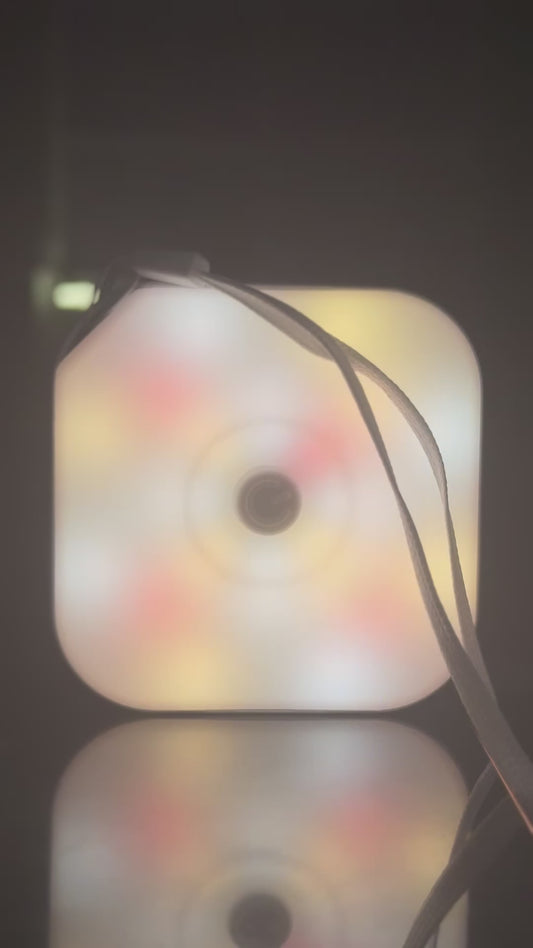
The purpose of this research was to evaluate the impact that a light flickering at a frequency of 40Hz has on the oscillation power in the occipital areas of the brain. Brain oscillations, also known as brain waves, have been demonstrated in a previous study to play an important part in a variety of cognitive activities, including attention, learning, and memory. Particularly important is the gamma frequency range of brain waves. In addition, aberrant oscillation patterns have been connected to a variety of neurological and mental conditions.
Twenty individuals took part in this investigation, each of whom received electroencephalography (EEG) while being subjected to light flickering at a frequency of 40 Hz. According to the findings, there was a discernible rise in the oscillation power of the brain as a whole, notably in the occipital regions located on both sides of the brain.
The power spectra of the EEG data were studied using spectral analysis methods in order to get a deeper understanding of the underlying processes that are responsible for producing this result. According to the findings, the flickering light at a frequency of 40 Hz caused a significant rise in the strength of gamma brain waves. Gamma brain waves are related with higher cognitive processes such as perception and awareness.
The current results have substantial ramifications for our knowledge of the neurological basis of visual processing as well as the possible application of light flicker with a frequency of 40 Hz as a tool to influence brain oscillations. The effects of varying flicker frequencies and durations on the strength of brain oscillations might be the subject of investigation in future research, along with the possible implications of such findings in the disciplines of neuroscience and psychology.

In conclusion, the current research reveals that light flicker with a frequency of 40 Hz considerably enhances brain oscillation power, notably in the occipital areas, and implies that light flicker may have a possible role in regulating higher cognitive processes. These discoveries add to our knowledge of the brain foundation of visual processing and have the potential to guide the creation of innovative treatment strategies for a variety of neurological and psychiatric conditions.
https://www.frontiersin.org/articles/10.3389/fnins.2021.777183/full



















